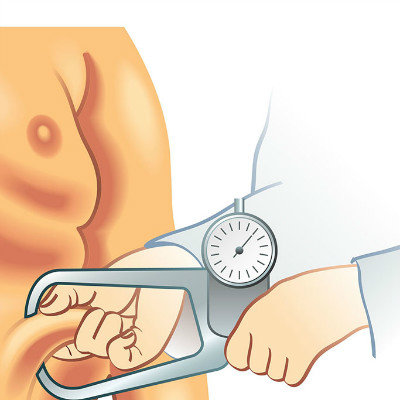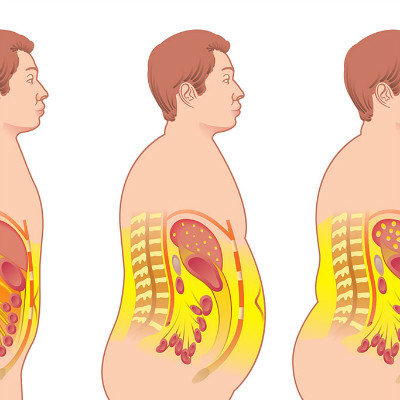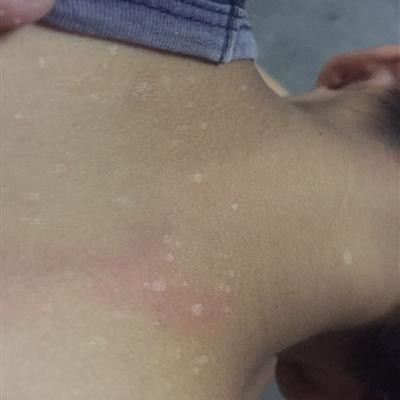Late symptoms of sarcoma?
summary
Malignant tumors from mesenchymal tissue (including connective tissue and muscle) are called "sarcomas", which mostly occur in skin, subcutaneous, periosteum and both ends of long bone. Osteosarcoma mainly occurs in young people, especially in lower femur, upper tibia and upper humerus. Osteosarcoma develops rapidly with a short course of disease. It begins to grow in the cortex and can gradually develop into the bone marrow cavity. Sometimes it breaks through the periosteum and invades the surrounding soft tissue. It is easy to cause pathological fractures. Leiomyoma, lymphosarcoma and synovial sarcoma are common, and blood metastasis can occur in the early stage. Sarcomas are malignant tumors. Late symptoms of sarcoma? Let's talk about it
Late symptoms of sarcoma?
Fibrosarcoma: is a common type of sarcoma, its location and fibroma similar to the limbs subcutaneous tissue for more common. The well differentiated fibrosarcoma cells were spindle shaped with small atypia, similar to fibroma; The poorly differentiated fibrosarcoma has obvious atypia. Fibrosarcomas with good differentiation grow slowly, metastasis and recurrence are rare; Those with poor differentiation grow fast, are easy to metastasize and recur after resection.

Malignant fibrous histiocytoma: This is a kind of malignant tumor that has been paid attention to in recent years. It is a common soft tissue sarcoma in the elderly. The tumor usually occurs in the lower limbs, followed by the deep tissues and retroperitoneum of the upper limbs. It can also occur in internal organs, but it is rare.

Liposarcoma: is a malignant soft tissue sarcoma, can be seen in adults, but also in children and adolescents. It usually presents as a large mass with unclear margin. The limbs, especially the thighs and buttocks, are soft or slightly hard. Histologically, 30% - 40% of the poorly differentiated cases had metastasis, while the well differentiated cases had less metastasis.

matters needing attention
Amputation or radical operation is the most commonly used method, but the curative effect is still not ideal. About 50% of the patients still die, and the curative effect of partial resection is not ideal. At present, both at home and abroad tend to retain the limb, partial resection and radiotherapy.











